According to some health professionals, the idea that adding iodine to food will cause excess and people will face health risks is incorrect.
According to some health professionals, the idea that adding iodine to food will cause excess and people will face health risks is incorrect.
Vietnam still has severe iodine deficiency.
In 1994, Vietnam conducted an epidemiological investigation of iodine deficiency on a national scale and the results showed that 94% of the population was in iodine-deficient areas (iodine deficiency in Vietnam is nationwide, regardless of mountainous, urban or delta or coastal areas), the goiter rate in children aged 8-12 years old was 22.4% (recommendation of the World Health Organization (
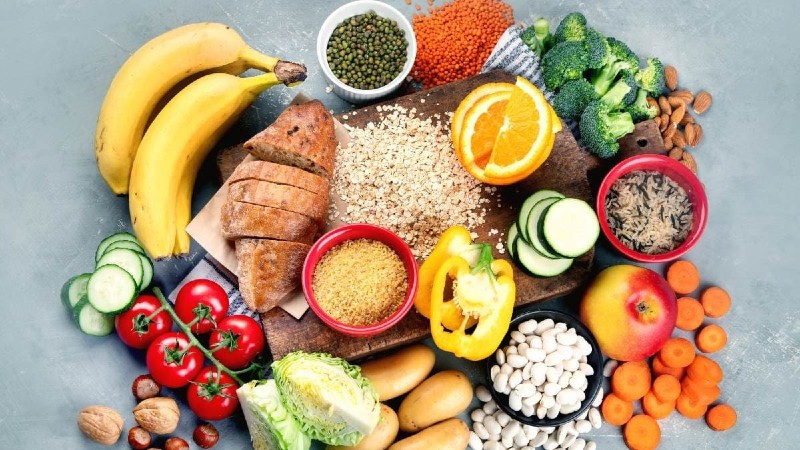 |
| According to some health professionals, the idea that adding iodine to food will cause excess and people will face health risks is incorrect. |
Due to the serious iodine deficiency situation, on September 8, 1994, the Prime Minister signed and issued Decision No. 481/TTg on organizing and mobilizing the entire population to eat iodized salt.
Five years later, on April 10, 1999, the Government signed and issued Decree No. 19/1999/ND-CP on the production and supply of iodized salt for human consumption, replacing Decision No. 481/TTg.
This Decree requires that salt used for human consumption, including food salt, must be iodized. Therefore, after 6 years of implementing this Decree, Vietnam has eliminated iodine deficiency and achieved international standards in 2005: coverage rate with iodized salt meeting disease prevention standards ≥ 90%, median urinary iodine level ≥ 100 mcg/l and goiter rate in children 8-10 years old
Considering that Vietnam has eliminated iodine deficiency and people have maintained the habit of using iodized salt in food processing, on December 29, 2005, the Government issued Decree No. 163/2005/ND-CP replacing Decree No. 19/1999/ND-CP to switch to a new management mechanism, the National Target Program for Prevention of Iodine Deficiency Disorders became a regular activity of the Ministry of Health and related ministries and branches. Since then, the use of iodized salt in food processing is no longer mandatory.
Therefore, according to the evaluation results of 9 years of implementing Decree No. 163/2005/ND-CP, less than 50% of provinces and cities nationwide have achieved the coverage rate of iodized salt that meets disease prevention standards (the recommended level of the World Health Organization (WHO) is that the coverage rate of iodized salt that meets disease prevention standards must reach >90%), the median urinary iodine level is 84 mcg/l, lower than the safe range recommended by WHO (100-199 mcg/l).
This rate is nearly twice as high as the World Health Organization's recommendation (
In 2014-2015, the goiter rate in children aged 8-10 increased to 8.3% (national survey on thousands of children). It is confirmed that Vietnam lacks iodine not only in the mountainous areas but also in the central coastal areas.
Currently, according to the 2021 report of the Global Network for the Prevention of Iodine Deficiency Disorders, Vietnam is still among the remaining 26 countries in the world with iodine deficiency.
Only 27% of households use iodized salt according to standards, while WHO's recommendation is above 90%. Thus, the median urinary iodine index and the index of households using iodized salt according to standards for disease prevention are both at the lower risk level and do not meet WHO's recommendations.
Micronutrient deficiency is a “hidden hunger” because the current diet of Vietnamese people does not meet the needs of essential micronutrients. Iodine deficiency in Vietnam is so serious that it has public health implications.
Statistics from the Global Iodine Network (IGN) database show that, with the fortification of iodine in salt, there are now 126 countries requiring fortification, of which 114 countries require the use of iodized salt in food processing.
In ASEAN, there are 8 countries that apply mandatory iodine fortification policies for table salt and salt used in food processing, including Myanmar, Thailand, Laos, Cambodia, Singapore, Indonesia, Malaysia and the Philippines; only 2 countries apply incentive policies, namely Singapore and Brunei.
There is no scientific basis to confirm that Vietnamese people have excess iodine.
WHO strongly recommends iodine fortification of all food salt for household and food processing. All food salt, both for household and food processing, should be fortified with iodine as a safe and effective strategy for the prevention and control of iodine deficiency disorders in populations living in stable and emergency settings.
The Ministry of Health affirms that there are no concerns regarding the public's use of iodized salt, including iodized salt used in households and in food processing. In Vietnam, there has never been a case of people having excess iodine.
According to reports from the Central Endocrinology Hospital and the Institute of Nutrition, Vietnam has not yet recorded any cases of patients with excess iodine.
The results of the 2019-2020 Nutrition Survey showed that, in all groups of subjects, the median urinary iodine level was lower than recommended. The proportion of people with urinary iodine concentration exceeding the threshold of 300 ppm was 0% (threshold > 300 ppm is the threshold for high urinary iodine).
With this result, it is confirmed that Vietnamese people still do not reach the recommended daily iodine intake. Up to now, there has been no medical literature mentioning the program of using iodized salt for the whole population (from 1994 to present) leading to consequences of thyroid disease.
In response to opinions and recommendations related to the use of iodine-fortified salt that changes in color, taste or has negative effects on consumers' health from the Association and food associations in implementing Decree No. 09/2016/ND-CP, on March 14, 2017, the Ministry of Health issued Official Dispatch No. 1216/BYT-PC in response to opinions of enterprises in implementing Point a, Clause 1, Article 6 of Decree No. 09/2016/ND-CP to salt and food production and trading establishments and food associations in Vietnam.
Up to now, information from the Ministry of Health said that this agency has not received any scientific evidence from businesses related to the use of iodine-fortified salt that changes color, taste or has negative effects on consumers' health.
Thus, the previous inaccurate and unscientific recommendations of enterprises were obstacles, leading to a delay in the implementation of Decree No. 09/2016/ND-CP by 8 years.
Source: https://baodautu.vn/chua-co-co-so-khang-dinh-nguoi-dan-viet-thua-i-ot-d229250.html


![[Photo] General Secretary concludes visit to Azerbaijan, departs for visit to Russian Federation](https://vphoto.vietnam.vn/thumb/1200x675/vietnam/resource/IMAGE/2025/5/8/7a135ad280314b66917ad278ce0e26fa)
![[Photo] National Assembly Chairman Tran Thanh Man chairs the meeting of the Subcommittee on Documents of the First National Assembly Party Congress](https://vphoto.vietnam.vn/thumb/1200x675/vietnam/resource/IMAGE/2025/5/8/72b19a73d94a4affab411fd8c87f4f8d)
![[Photo] President Luong Cuong presents the decision to appoint Deputy Head of the Office of the President](https://vphoto.vietnam.vn/thumb/1200x675/vietnam/resource/IMAGE/2025/5/8/501f8ee192f3476ab9f7579c57b423ad)
![[Photo] Prime Minister Pham Minh Chinh meets with the Policy Advisory Council on Private Economic Development](https://vphoto.vietnam.vn/thumb/1200x675/vietnam/resource/IMAGE/2025/5/8/387da60b85cc489ab2aed8442fc3b14a)
![[Photo] General Secretary To Lam begins official visit to Russia and attends the 80th Anniversary of Victory over Fascism](https://vphoto.vietnam.vn/thumb/1200x675/vietnam/resource/IMAGE/2025/5/8/5d2566d7f67d4a1e9b88bc677831ec9d)





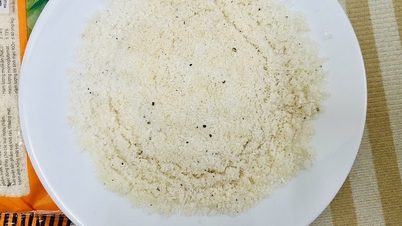




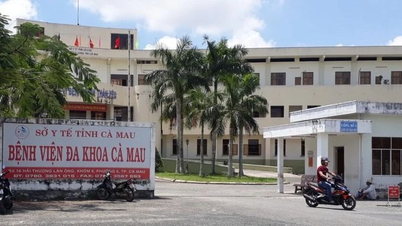


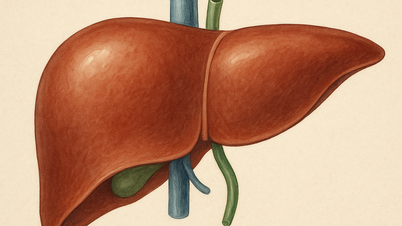















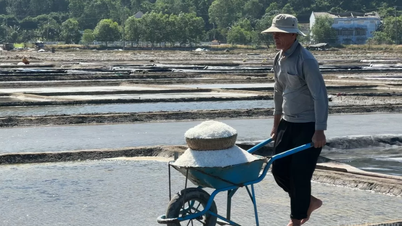

















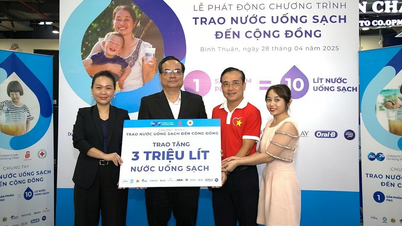







![[Photo] Prime Minister Pham Minh Chinh talks on the phone with Singaporean Prime Minister Lawrence Wong](https://vphoto.vietnam.vn/thumb/402x226/vietnam/resource/IMAGE/2025/5/8/e2eab082d9bc4fc4a360b28fa0ab94de)

































Comment (0)